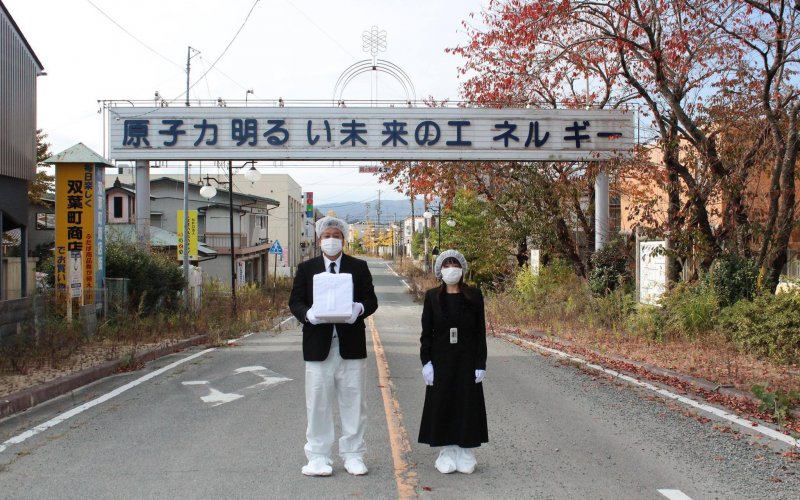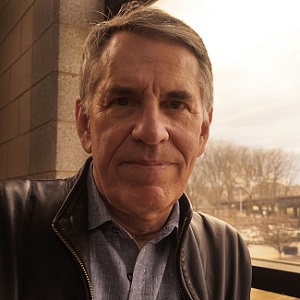Professor Pens Article on Fukushima and the Upcoming Tokyo Olympics

ALBANY, N.Y. (March 11, 2021) – Today marks the 10th anniversary of Japan’s triple disaster, a magnitude 9.0 earthquake off the country’s east coast – the strongest on record – followed by a hundred-foot tsunami and meltdown of three nuclear reactors at the Fukushima Daiichi power plant.
Nearly 20,000 people lost their lives to the wave that washed over Japan's eastern shore. A decade later, areas near Fukushima are still recovering from radioactive particles that have contaminated the land.

In a new article published by the Bulletin of the Atomic Scientists, Thomas Bass, a professor of English and Journalism, reflects on the disaster and where it has left Fukushima today – just a few weeks away from Japan hosting the postponed Tokyo Olympics.
The Olympic torch relay is scheduled to start from Fukushima as a sign of recovery, but with tens of thousands of people still displaced from the disaster, Bass argues that many long-lasting impacts from the tragedy remain.
“The torch for the 2020 Olympics – delayed for a year by the coronavirus pandemic but still called the ‘2020 Olympics’ – is scheduled to be lit on March 25… 12 miles south of Fukushima Daiichi, where this March also marks something else: the 10th anniversary of the meltdown of three of the six nuclear reactors at the generating complex known as Fukushima Number 1, or F1.”
“After a lighting ceremony… the Olympic torch will be run for three days through Fukushima’s nuclear exclusion zone. Japan hopes to focus our attention on the refurbished schools and town halls, re-opened train stations, and two new museums that have been built in Fukushima, while trying to keep the TV cameras away from the ruined houses and radioactive cars lying nearby.”
Bass argues that there is a public safety risk, not only for the athletes, but also for the residents of the region who continue to be exposed to dangerous levels of radiation.
“The generally accepted safety standard for radiation exposure is one milliSievert, or one-thousandth of a Sievert, per year… The Japanese government now allows individuals in Fukushima prefecture to be exposed to 20 milliSieverts per year."
Bass has taught at UAlbany for more than 15 years and is the author of seven books, including “The Eudaemonic Pie” and “The Predictors,” as well as several books on Asia. He has also written numerous articles for Wired, The New York Times, The New Yorker, Smithsonian, Discover, and other magazines.




